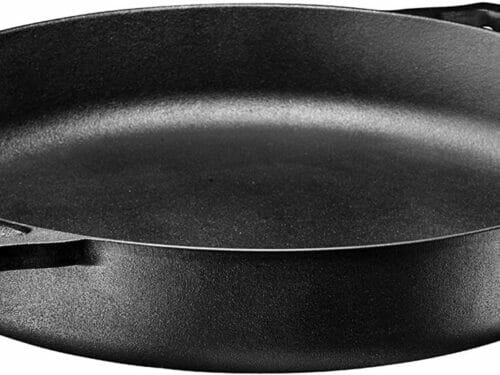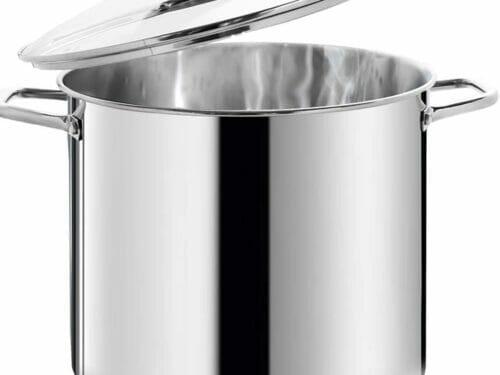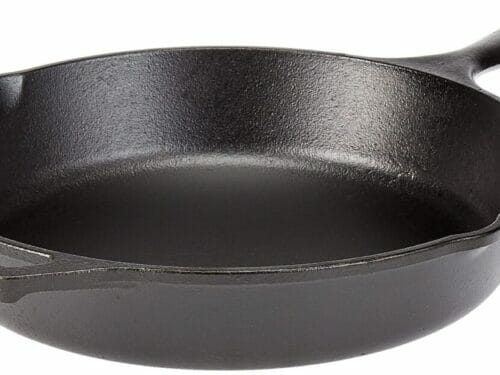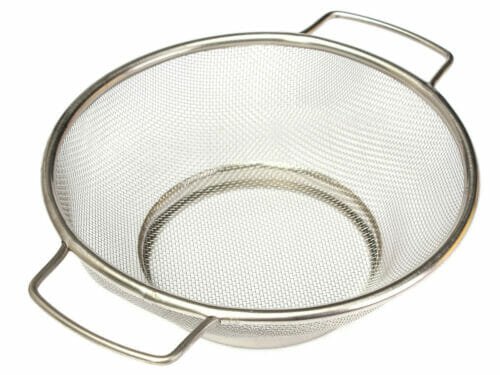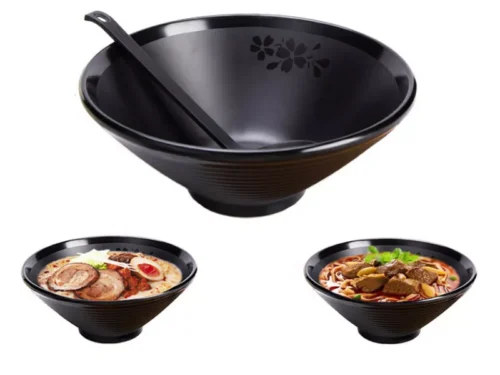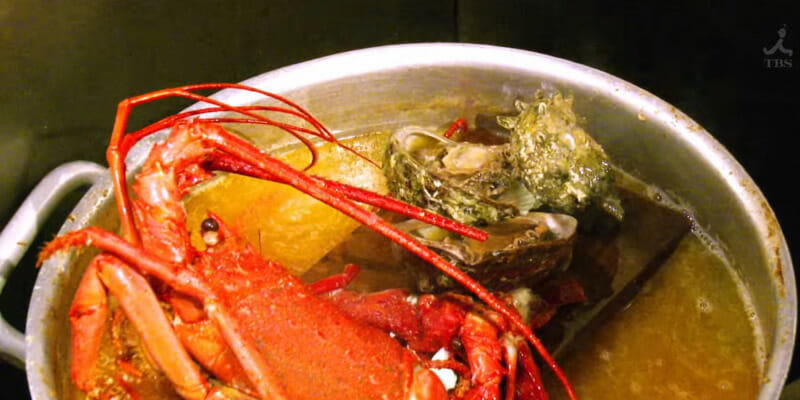
Seafood Shio Ramen
One of the most famous places for shio ramen in Japan is Hakodate, on the southern tip of Japan’s northern island, Hokkaido. The town is also very well known for their morning fish market, where much of Hokkaido’s famous catch can be found fresh. While the area’s two most-famous seafood items, salmon roe and sea urchin, are pretty tough to incorporate into ramen, scallops and shrimp work perfectly. And we’ll use homemade shrimp oil to add even more depth to this Hokkaido-inspired bowl.
Print
Servings: 4 bowls
Calories: 759kcal
Add to Collection
Ingredients
- Vegetable oil for frying
- 12 to 16 large scallops
- ½ cup Shio Tare
- 5 cups any type clear soup
- 1⅓ pounds noodles fresh, such as Chukasuimen
- 4 tablespoons shrimp oil
- 4 Salted Eggs halved
- Negi
Instructions
- Heat a bit of vegetable oil in a large skillet over medium heat. Lightly sauté the scallops on both sides until just cooked through. Set aside.
- With all your ingredients ready to go, bring a large pot of water to a boil over medium-high heat.
- Heat your ramen bowls by filling them halfway with hot water. The bowls don’t need to be scalding, but they should be hot to the touch. Dump out the hot water and dry the bowls with some paper towels or a clean towel.
- Put the tare and soup in a medium saucepan. Mix and bring to a simmer over low heat.
- Cook the noodles in the large pot of boiling water. Ramen that has been cut to a standard thickness (about 1 mm) will cook in 1 to 2 minutes.
- Put 1 tablespoon of shrimp oil in each ramen bowl.
- About 30 seconds before the noodles are finished cooking, ladle the soup into the ramen bowls.
- Drain the noodles, taking care to shake off as much excess water as you can. Carefully place some noodles in each bowl of soup, keeping them tidy.
- Place 3 or 4 scallops, a salted egg, and a sprinkle of negi neatly on the ramen. Serve immediately.
Video
Notes
- In Japan, this ramen would include the orange gonads of the scallop as well as the abductor muscle, which is the part we eat in the West. The orange parts taste like a cross between liver and caviar.
- Soup: Mix equal parts unseasoned low-sodium chicken broth and dashi broth. Japanese dashi powder to make broth can be found in the Asian foods section of many supermarkets or in Asian grocery stores or online. You could also use a clear seafood broth.
- Noodles: Use 3 ounces of dried ramen noodles per bowl, preferably the thin, straight style.
Nutrition
Serving: 4bowls | Calories: 759kcal | Carbohydrates: 116g | Protein: 26g | Fat: 21g | Saturated Fat: 3g | Polyunsaturated Fat: 6g | Monounsaturated Fat: 11g | Trans Fat: 1g | Cholesterol: 164mg | Sodium: 77mg | Potassium: 497mg | Fiber: 6g | Sugar: 5g | Vitamin A: 597IU | Vitamin C: 7mg | Calcium: 82mg | Iron: 3mg
© Food And Meal
This website provides approximate nutrition information for convenience and as a courtesy only. Nutrition data is gathered primarily from the Spoonacular Database, whenever available, or otherwise other online calculators.
